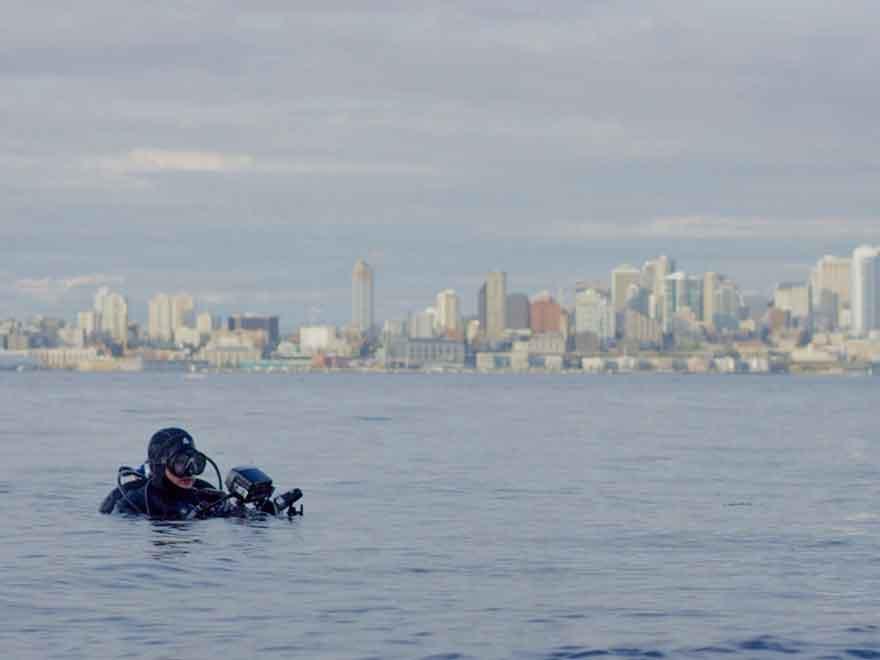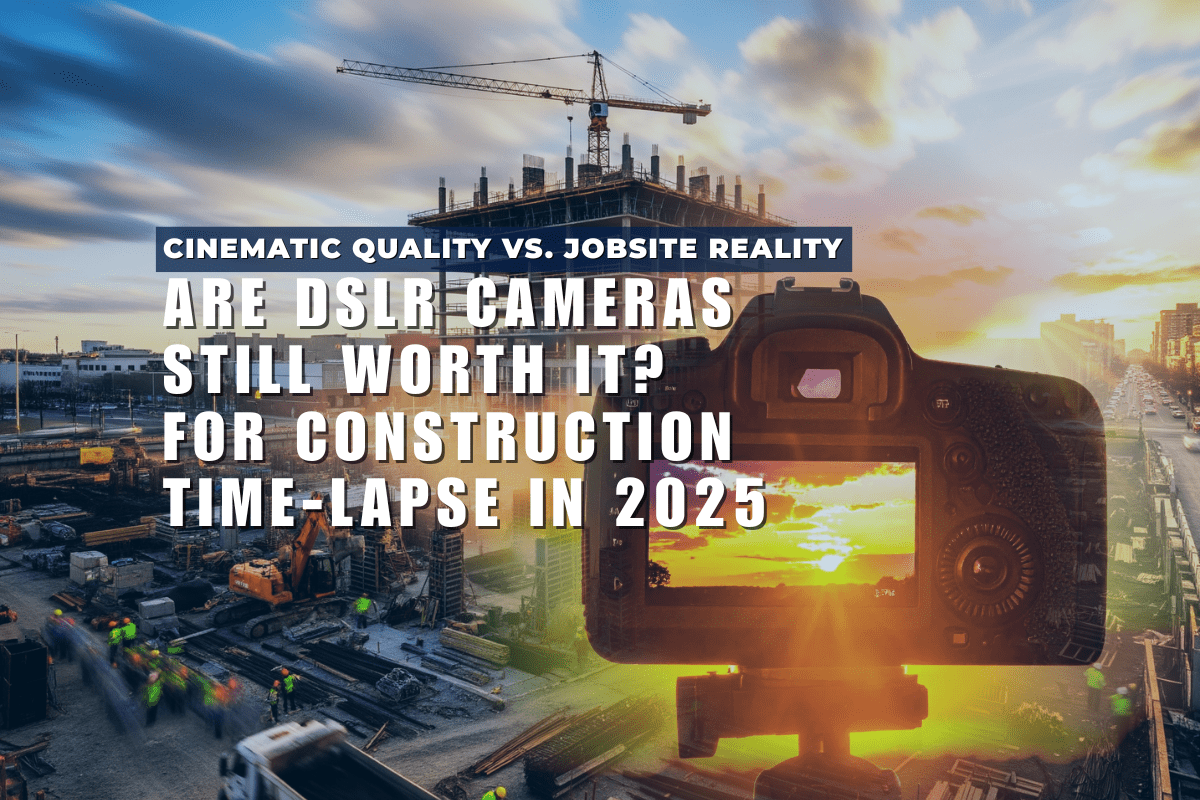We're thrilled to see customers not only use our products in creative ways to capture unique footage, but to also see them use our products to raise awareness for important issues. Laura James, aka "Diver Laura", is doing just that (with a little help from our Underwater WiFi Cable). A diver enthusiast, she enjoyed scuba diving in the Puget Soun, however, was alarmed to see how much trash littered the ocean floor. In an effort to raise awareness to a broader audience, she started broadcasting via Periscope what she was seeing. Out of sight, out of mind? Not on her watch. Laura gave us a little peek behind the curtain about what she did about it.
CamDo: What you’re doing is interesting and important. Let’s go back to the beginning… how did this initiative come about?
Diver Laura: I started diving in the winter of 1990, and as soon as I put my head beneath the surface I felt I had come home. Scuba became my passion: a constant source of joy and happiness in a complex and noisy world. The more time I spent underwater, the more I recognized how profoundly important the ecosystem of our inland sea, the Puget Sound, was. Not only for the physical health of surrounding communities, but the health of our psyche at large. The undersea world offers us moments of awe, and in this increasingly complex world, it will become more and more important to rediscover our connection to nature.
I became a scuba instructor so that I could bring more people under the waves with me, I believed if I could share the experience, more people would fall in love with our oceans and therefore share my passion for protecting it. Due to the chilly nature of our temperate waters, it became quickly evident that there was a flaw in my plan. Not as many people as I had hoped were interested in lugging a hundred pounds of gear and weights, and diving into the cold nutrient rich waters.
I realized that the answer was not bringing people to the ocean, but bringing the ocean to the people, not unlike Jaques Cousteau. People protect what they love, but they must know it to love it. So I started documenting Puget Sound (both the beauty and the pollution). First with a still camera, then with video. Over the years this evolved into my job, filming both above and beneath the waves, and for this I am eternally grateful. To repay Puget Sound for this gift, I've made it part of my goal to share its wonders with as many people as possible, be a voice for the creatures that call it home, in as many unique and ubiquitous ways as I can think of, and trying to utilize up and coming technology to this end as best I can. 360VR - check. Live streaming - check. But how do I reach the 'non choir' the people who are not already seeking out underwater footage and environmental stories?
Enter Periscope and CamDo Solutions. Earlier this year I read a press release about Jeb Corliss utilizing live streaming via GoPro HERO4 and Periscope and it was my ah-ha moment. Could this be my avenue to reach all those people just hanging out looking for something to entertain them? People without a predilection to undersea stuff, random people who may not ever think about the amazing critters and pollution issues surrounding Puget Sound and our Oceans otherwise? I've been working with live streaming for years but it was always to a targeted audience. Was this what I'd been waiting for? Our first test stream, without any promotion, reached 610 viewers, more than I'd ever reached before with a live stream prior.
CamDo: How did you go about selecting the equipment you ended up using to record and live stream your dives?
Diver Laura: First up, the whole system was built around the GoPro HERO4. But I wanted a system that I could park on the bottom and swim in front of, so I utilized a small baseplate with arms (that I could also attach small but powerful underwater lights to). I opted for a Gorillapod Focus because of its robust nature. Gorillapods are notoriously 'floaty' underwater but with the addition of small lead weights on the feet, they prove to be quite stable underwater. Next up, lighting. This was a no brainer, the SOLA2000 from Light and Motion are the perfect compact, bright and reliable light, and I already owned a set that I use for macro video work with standard camera systems. Now, how to get the wireless signal to the surface?
In researching the options, it came down to two. CamDo and a competitor. Because I didn't know how successful this would be, I mistakenly chose to go the 'cheap' route. But I needed something that was not only better at transmitting the signals, but more robust so that I could tow my float around with the same cable that I was transmitting with and therefore reduce the chaos factor of cables and lines underwater. Additionally, the 'cheaper' version cable, although thinner and more flexible, is very negatively buoyant which meant issues with entanglement on the sea floor. Not ideal and potentially dangerous. The CamDo Solutions Underwater WiFi Cable on the other hand has a much more robust and neutrally buoyant cable, all in all a much better option.
Topside I have utilized a divers float with inner tube and a big zippered compartment for keeping the topside equipment safe. In this float I have a small bucked and a modified pelican box with bulkhead through which I pass the CamDo Solutions Underwater WiFi cable and connect it to my cell phone in a 'drybox' floating around above me on the surface. This allows me to safely tow the system around and not be restricted by a shore or boat connection.
To communicate with viewers and make the stream more engaging I opted to use an OTS (Ocean Technology Systems)communication system. This consists of a full face mask so that I can talk underwater, and a wireless receiver that mounts on the GoPro housing so that the viewers can hear me. In addition to just narrating the dive, I wanted to be able to answer questions from viewers so invested in a wireless topside communications system, this allows a topside tender to watch the Periscope feed on their cell phone and then communicate relevant questions to me underwater.
CamDo: How has your experience been with using the cable specifically?
Diver Laura: The CamDo cable has been like night and day. The transmission is no longer hindered by video quality loss from the cable, and the neutrally buoyant cable makes live streaming from underwater a joy as opposed to a real headache when the cable would catch on things. This also improved the safety of these dives dramatically.
About Laura James:
Laura is an Emmy Award-winning cinematographer, technical scuba diver (Women Divers Hall of Fame, class of 2016), marine conservationist, and citizen scientist. She works as an independent filmmaker, and founded Beneath the Looking Glass, LLC, a production company specializing in underwater videography, educational outreach, and environmental advocacy work.
In more than 25 years of diving, she has acquired considerable first-hand knowledge of threats facing our ocean planet, and uses multi-media and virtual reality technology to share them. Laura has worked with many leading network teams and her footage has been seen on Discovery Channel, Travel Channel, Military Channel, PBS, KCTS9, BBC, China America TV and many other outlets.
View more videos of Laura and projects she's been involved in.
DON'T BE SHY... SEND US YOUR FOOTAGE!
Have you used our products for one of your time lapse projects? Send it our way at marketing@cam-do.com. We might even feature it on our website or blog (with your permission, of course). With so many applications (and so many creative CamDo customers), it's great to show how our customers are utilizing CamDo Solutions products.





